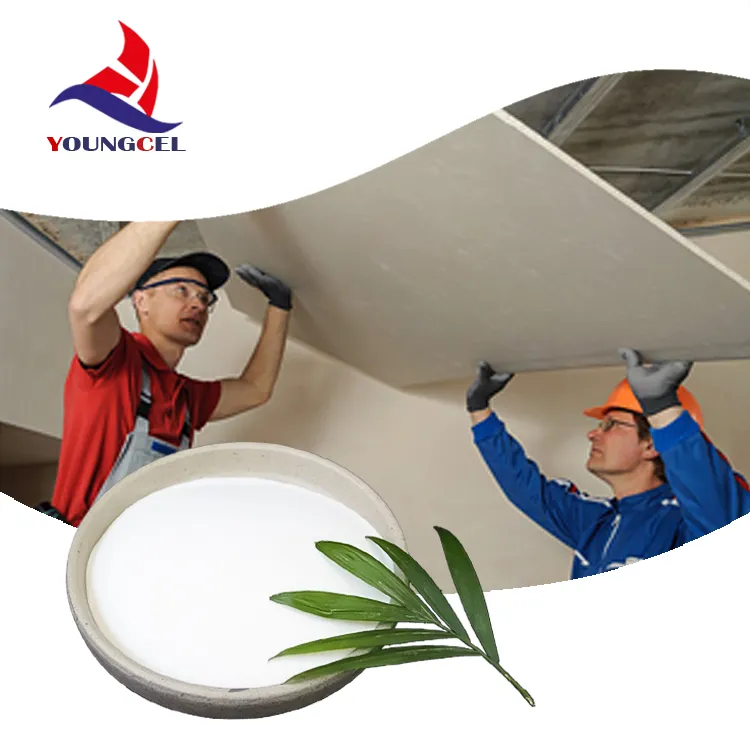Understanding Chemical Composition in Tile Bonding
Tile bonding is a fundamental aspect of construction and interior design, playing a critical role in the durability and aesthetic appeal of tiled surfaces. To achieve optimal adhesion between tiles and substrates, understanding the chemical composition of tile bonding materials is essential. This article explores the various chemicals involved in tile bond formulations and their respective functions in the bonding process.
The Basics of Tile Bonding
Tile bonding materials, commonly known as adhesives, are designed to create a robust connection between tiles and the surfaces they are applied to, such as cement, wood, or existing tiles. The effectiveness of these adhesives depends significantly on their chemical makeup, which can include various polymers, resins, additives, and fillers.
Key Chemical Components
1. Polymers The backbone of most tile adhesives is made up of polymers, which provide flexibility, adhesion, and water resistance. Common polymers used in tile adhesives include polyvinyl acetate (PVA), latex polymers, and polyurethane. These materials contribute to the adhesive's ability to withstand environmental factors, such as moisture and temperature fluctuations.
2. Cement In many tile adhesives, especially those used for large-format tiles and outdoor applications, cement acts as a binding agent. Portland cement is one of the most widely used forms. It hydrates and hardens over time, providing a strong bond once it cures. The chemical composition of cement includes calcium silicates, which react with water to form calcium silicate hydrates, giving the adhesive its strength.
3. Fillers Fillers such as silica sand, calcium carbonate, or talc are often added to tile adhesives to enhance their physical properties. Fillers can improve the workability of the adhesive, adjust its viscosity, or provide additional bulk. They also play a critical role in controlling the drying time and curing process of the adhesive.
chemical for tile bond

4. Additives Various additives are incorporated into tile bonding formulations to enhance performance. These can include - Thickeners To improve consistency and prevent slippage of tiles during installation. - Deflocculants To reduce clumping and enhance spreadability. - Antifungal and antimicrobial agents To prevent mold and mildew formation in damp environments.
5. Water Water is a crucial component that activates the chemical reactions within the adhesive. In cement-based adhesives, water is necessary for the hydration process, while in polymer-based adhesives, it allows the adhesive to spread evenly before curing.
Environmental Considerations
With growing awareness of environmental sustainability, many manufacturers are focusing on developing eco-friendly tile bonding products. These products often feature lower VOC (volatile organic compounds) emissions and use recycled materials in their formulations. Understanding the chemical properties of these eco-friendly alternatives is vital for contractors and builders looking to minimize their environmental impact while maintaining high standards of adhesion.
Selecting the Right Tile Adhesive
Choosing the right adhesive involves considering several factors, such as the type of tile, the substrate, the environment (indoor or outdoor), and specific performance requirements (e.g., water resistance, flexural strength). For instance, porcelain tiles require adhesives with strong bonding capabilities, while glass tiles may need specific adhesives designed to prevent discoloration.
Conclusion
In conclusion, the chemistry behind tile bonding plays an integral role in the performance and stability of tiled surfaces. A thorough understanding of the chemical components involved—polymers, cement, fillers, additives, and water—enables builders and interior designers to select the most effective adhesive for their projects. As innovation continues to drive the development of new and improved bonding materials, knowledge of these chemical formulations will be essential in ensuring the long-lasting beauty and functionality of tiled installations. By harnessing the power of chemistry, we can achieve stronger, more durable, and aesthetically pleasing tiled surfaces that meet modern construction standards.
-
Rdp Powder: Key Considerations for Wholesalers in the Building Materials IndustryNewsJul.08,2025
-
Key Considerations for Wholesalers: Navigating the World of Hpmc - Based ProductsNewsJul.08,2025
-
Hpmc Detergent: Key Considerations for WholesalersNewsJul.08,2025
-
Key Considerations for Wholesalers: China Hpmc For Tile Adhesive, Coating Additives, Concrete Additives, and MoreNewsJul.08,2025
-
Crucial Considerations for Wholesalers: Navigating the World of Construction MaterialsNewsJul.08,2025
-
Key Considerations for Wholesalers Sourcing Additive For Cement, Additive For Concrete, Additive For Putty from Additive Manufacturer Shijiazhuang Gaocheng District Yongfeng Cellulose Co., Ltd.NewsJul.08,2025




